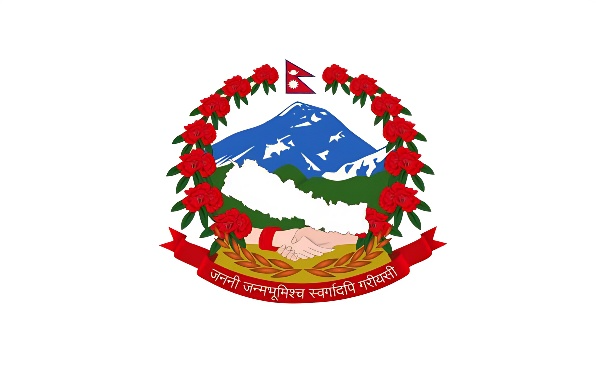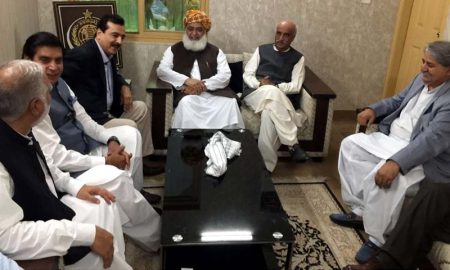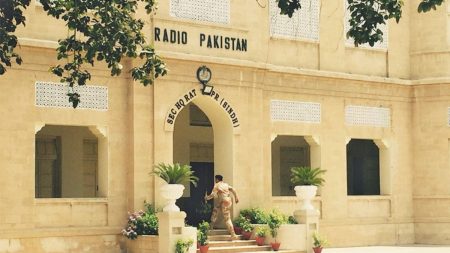Islamabad, Sep 18: The governments of Pakistan and Nepal have been urged to collaborate in order to effectively advocate for effective climate action in international climate forums, according to Anil Pokhrel, Chief Executive of the National Disaster Risk Reduction and Management Authority (NDRRMA).
Pokhrel emphasized that Pakistan and Nepal’s combined efforts at international fora should concentrate on pressuring the international community to guarantee climate finance tools that are accessible to developing nations suffering from the negative effects of climate change.
Anil Pokhrel, the chief executive of NDRRMA, told the media in an exclusive interview held on the fringes of the regional climate dialogue that Pakistan and Nepal were part of the same Hindukush Himalaya region, which has a similar monsoon pattern and landscape as well as hazards like earthquakes, forest fires, floods, and landslides due to its disaster-prone terrain.
He continued by saying that the NDRRMA was keen to hear more about the NDMA, Pakistan’s experiences in the wake of a natural disaster, and to have a chance to exchange experiences. In Nepal, we have been addressing the risks associated with a particular disaster facet while ignoring the inter-sectoral connections between disasters.
While glacial lakes and moraine dams are eroding, we have witnessed GLOF (glacial lake outburst flood) episodes, according to Anil Pokhrel. Massive earthquakes like the one that struck Muzaffarabad in 2005 would do more destruction during the monsoon because the melting of the glacier lakes would accelerate, he continued.
Since its black surface absorbs more heat and speeds melting, the GLOF activity is being exacerbated by the forest fires, according to the head of the NDRRMA. This is because permafrost throughout the Hindukush Himalya Region is melting more quickly.
“We must begin examining the intersectionality and intricacy of disasters that also precipitate greater destructions downstream,” he declared. He claimed that the argument over who emits the fewest greenhouse gases is decades old and that, with the COP29 scheduled for Baku, Azerbaijan, nations like Pakistan and Nepal who share similar risks should unite as a single, united voice to negotiate more successfully at these forums.
He went on to say that Pakistan and Nepal should cooperate to explain the dangers and devastations that both nations face as a result of growing global warming and climate change impacts on the area brought on by historical emissions from the developed world that have caused glacial melt, droughts, and forest fires in the area.
In order to aid in the recovery and reconstruction following disasters, Anil Pokhrel stated, “this is where the international finance structure has to be designed in such an effective way that it should be substantial, quick, and directly drawn by the climate vulnerable countries like ours.”
The NDRRMA Chief Executive commented on the construction of megadams in disaster-prone areas, stating that during the past few decades, science and technology have advanced in this sector.He added that the countries working on these projects should remember to invest in long-term observation, monitoring, and network systems in addition to one-time risk assessment and design. It is also necessary to design a disaster component for these projects because if they fail, what would happen then?
According to him, such projects must to be equipped with early warning systems and insurance for the dams in the event of a collapse. Additionally, their design ought to be resilient enough to endure extreme occurrences like forest fires, earthquakes, debris flows, and GLOFs that could cause damage to the structures.









